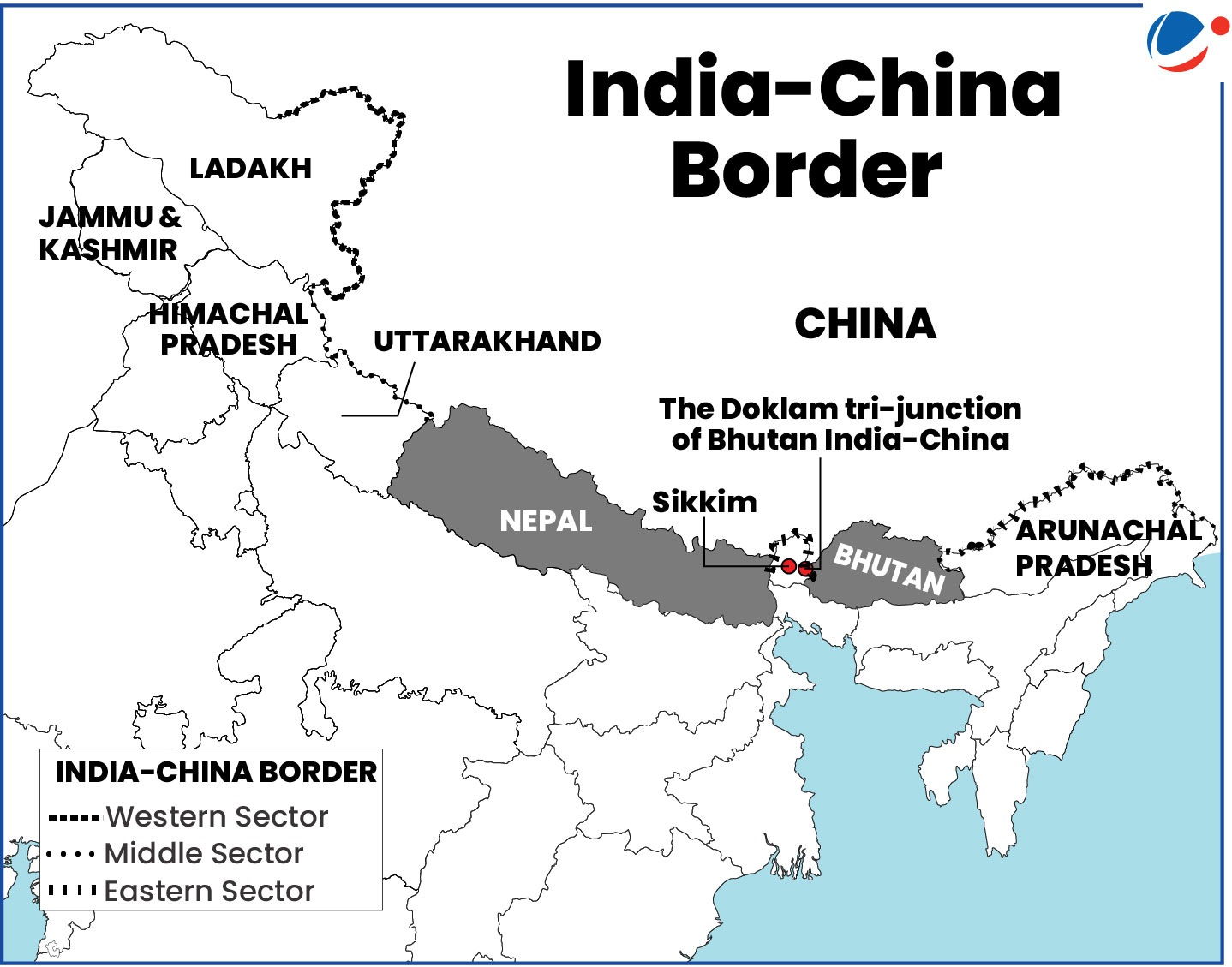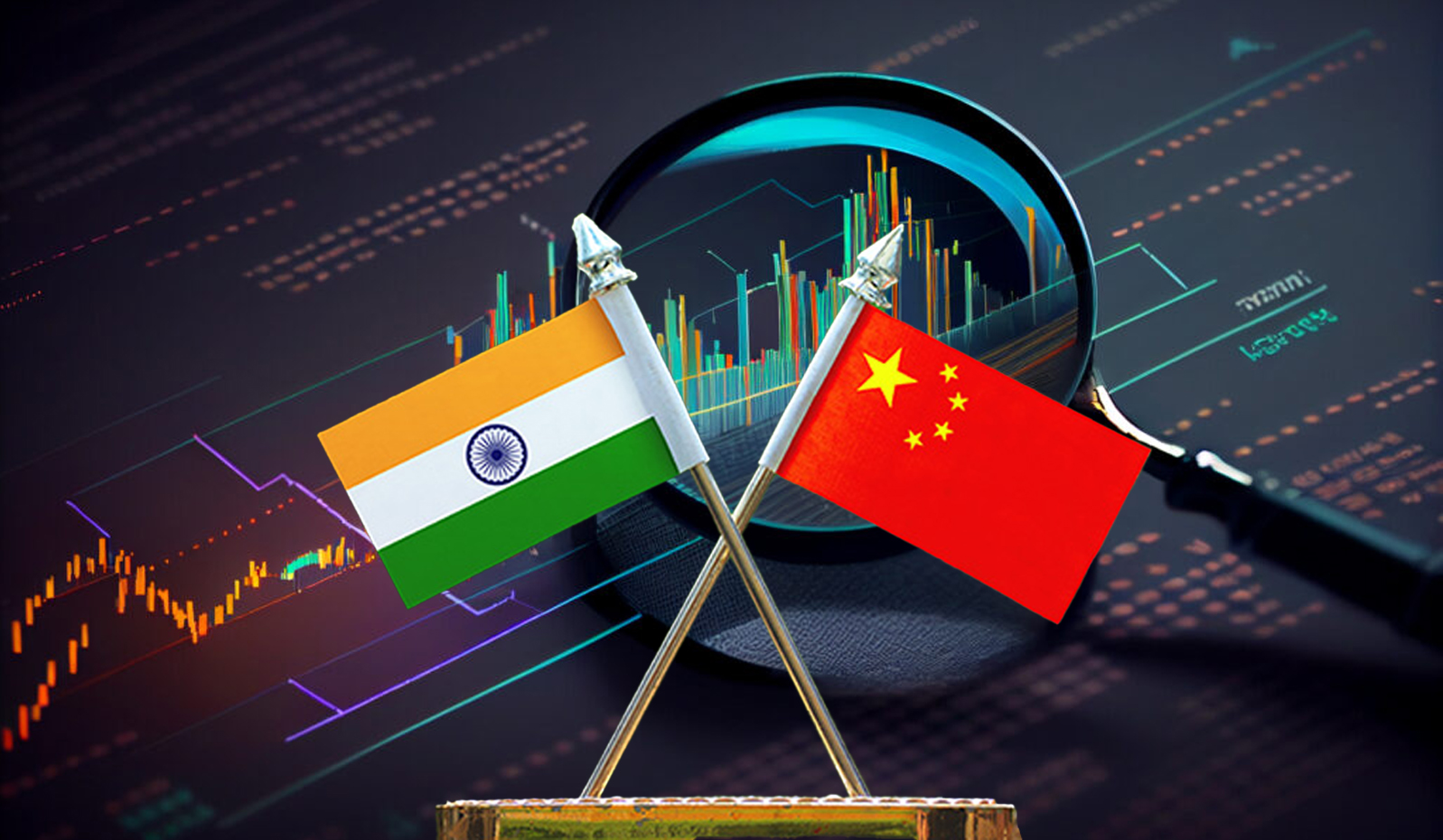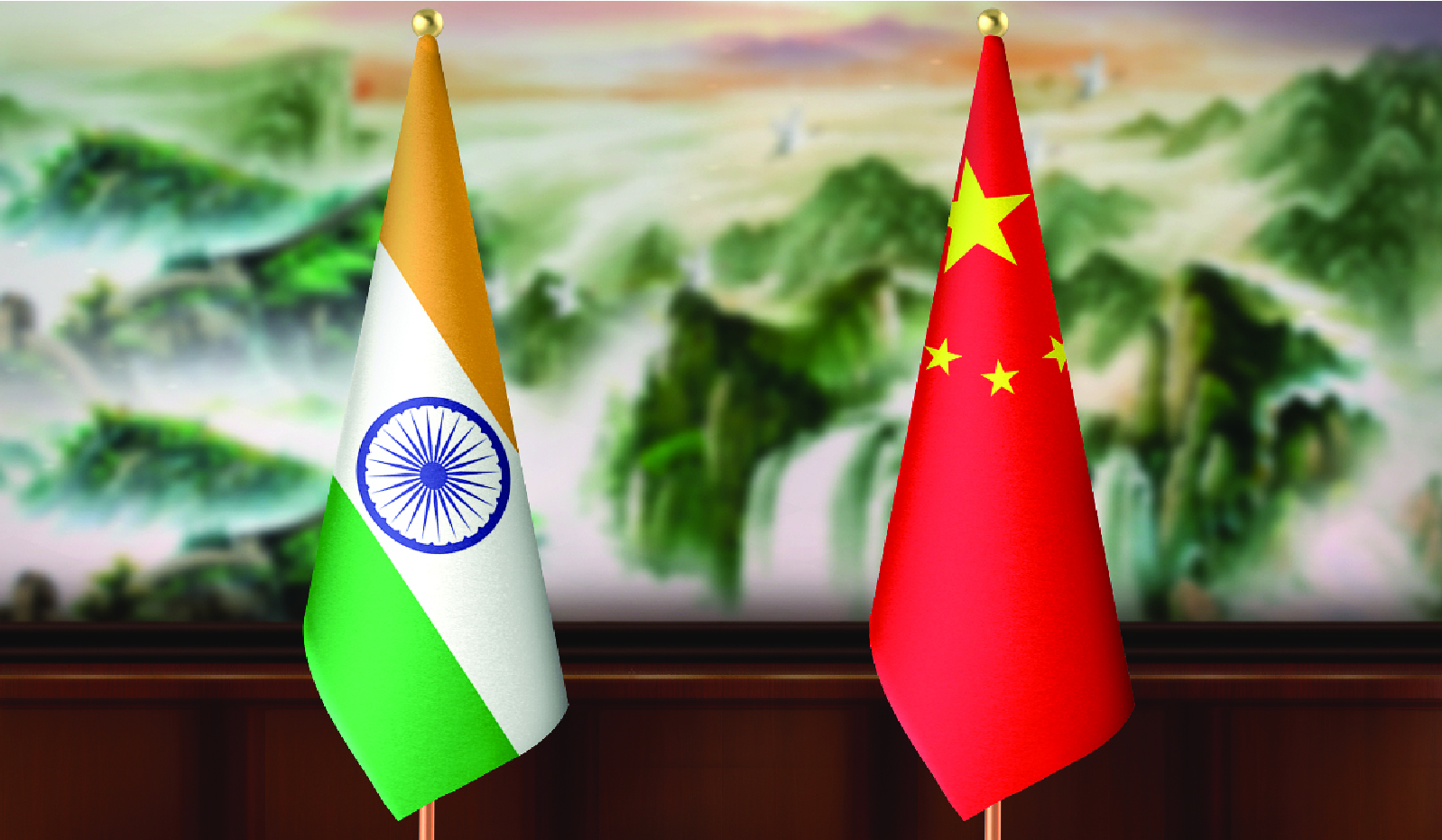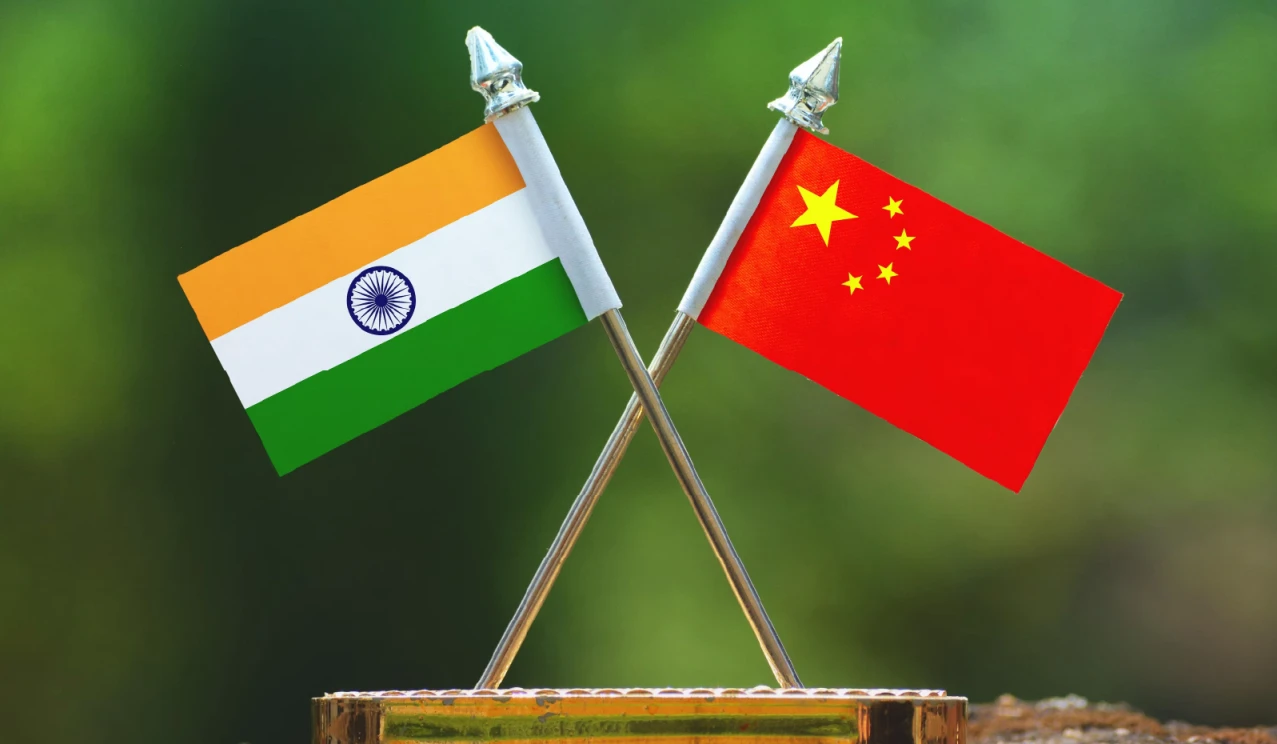
Why in the News?
Indian Prime Minister and Chinese President met on the side-lines of the SCO Summit 2025 in Tianjin, China.
More on the News
- It was his first visit to China since 2018.
- Also, recently, the 24th round of the Special Representatives' (SRs) Dialogue between the two countries was held.
- It was co-chaired by the Chinese Foreign Minister along with India's National Security Advisor.
- PM visit and SRs Dialogue show renewed engagement between India and China.
Challenges in India-China Relations
- Unsettled Borders: Along the 3,488-kilometer Line of Actual Control (LAC), the lack of mutual agreement between the two countries has led to multiple clashes.
- The recent clashes include the Doklam standoff in 2017 and the Galwan Valley clash in 2020.
- Trade imbalance: India's trade deficit with China rose to USD 99 billion (2024-25) against USD 85 billion (2023-24).
- In August 2025, China overtook the US to become India's largest trading partner.
- China-led Trilateral Nexus: Recently, China launched two trilateral initiatives in India's immediate neighbourhood—one with Bangladesh and Pakistan, and another with Pakistan and Afghanistan.
- China-Pakistan Economic Corridor (CPEC) passes through Pakistan-occupied Kashmir (PoK), violating India's sovereignty.
- China's Assertiveness: Particularly in South Asia, through strategies like String of Pearls, presence in the Maldives, Sri Lanka, etc., create insecurities in Indo-Pacific.
- India, meanwhile, is strengthening ties with like-minded nations through platforms like the Quad (India, US, Japan, Australia), seen as a counter to China's assertiveness.
- Waterpower: E.g., Construction of Dam over Brahmaputra River (Yarlung Zangbo), China can use water as a geo-strategic weapon against India.
Renewed Engagement between India and China through 24th round of SRs Dialogue:
- Consensus on Border Management:
- Seek a fair, reasonable and mutually acceptable framework for settlement in line with the 2005 Agreement on Political Parameters and Guiding Principles.
- Setting up an Expert Group and working group, under the Working Mechanism for Consultation and Coordination.
- Use existing diplomatic and military-level mechanisms to manage tensions and initiate discussions on de-escalation.
- Strengthening Economic and Trade Ties: Both countries underlined the need to proceed from a political and strategic direction to expand bilateral trade and investment ties and reduce the trade deficit.
- Trade through Lipulekh Pass (Uttarakhand), Shipki La Pass (Himachal Pradesh) and Nathu La Pass (Sikkim) will be reopened.
- Dialogue mechanisms: Both sides pledged to restart suspended bilateral dialogues, including the High-level Mechanism on People-to-People Exchanges in 2026.
- Both countries reaffirmed that they are development partners and not rivals.
- 75 years of ties: India and China will hold commemorative events throughout 2025 to mark 75 years since the establishment of diplomatic relations with renewed calls to revive Dragon-Elephant ties.
- Pursuit of Strategic Autonomy: Both countries will ensure that their relation shall not be seen through a third country's lens.
- Other: Agreement on resuming direct flights, India's Kailash Mansarovar Yatra will be expanded in scale from 2026, both sides agreed to share hydrological data during emergencies etc.
Significance for India from Renewed Engagement
- Trade: E.g. China is a major source of Active Pharmaceutical Ingredients (APIs) for India's pharmaceutical industry.
- Investment: Economic Survey 2023-2024 recommended attracting "Chinese investment" to boost Indian manufacturing.
- NITI Aayog recently proposed easing additional scrutiny on Chinese enterprises.
- Access to Critical Resources for India: China accounts for 70% of global rare earth ore extraction and 90% of rare earth ore processing.
- India also relies on China for solar modules & cells, essential for its renewable energy goals.
- Global Influence: As major Asian powers, stable India–China ties enable constructive roles in global governance and amplify their influence through joint efforts in multilateral forums like BRICS and SCO.
- Cooperation between India and China can offer a counterweight to Western influence in international affairs, pushing for reforms in institutions like the WTO, IMF, and UN.
- Countering Global Challenges: Stable India–China relations facilitate collaboration on global challenges like climate change, public health, and energy security.
- Regional Peace and Stability: Reduces the risk of conflict along the disputed border and contributes to broader stability across South Asia and the Indo-Pacific region.
- Boosting India-Russia-China Triangle: They can expand investment opportunities and explore ways to withstand US sanctions and tariffs.
Conclusion
Strengthening dialogue through platforms like BRICS and SCO, coupled with cooperation in trade, water management, and cultural exchanges, can gradually rebuild trust. In that endeavour, both countries must be guided by the three mutual – mutual respect, mutual sensitivity and mutual interest.







